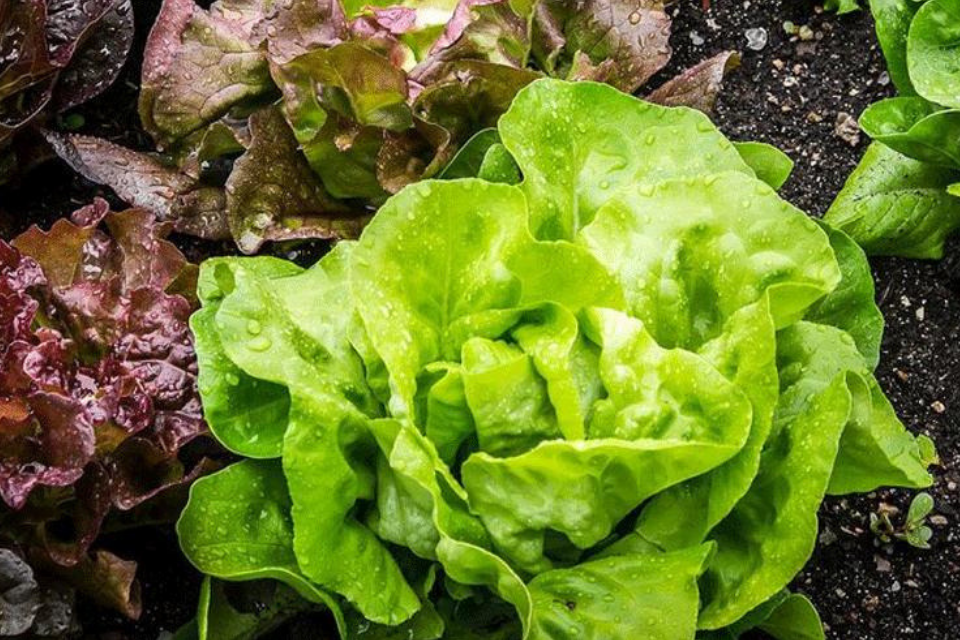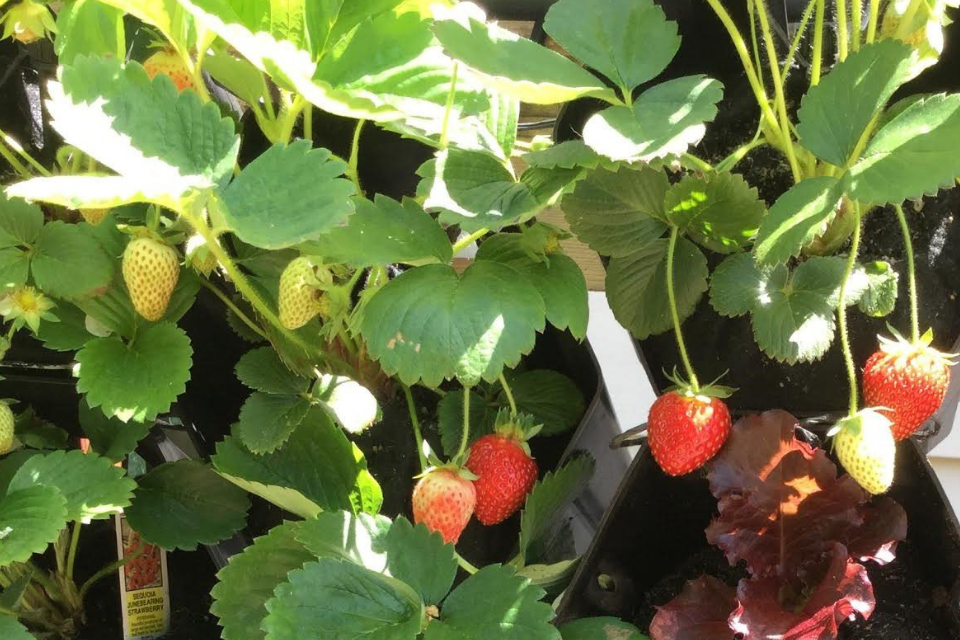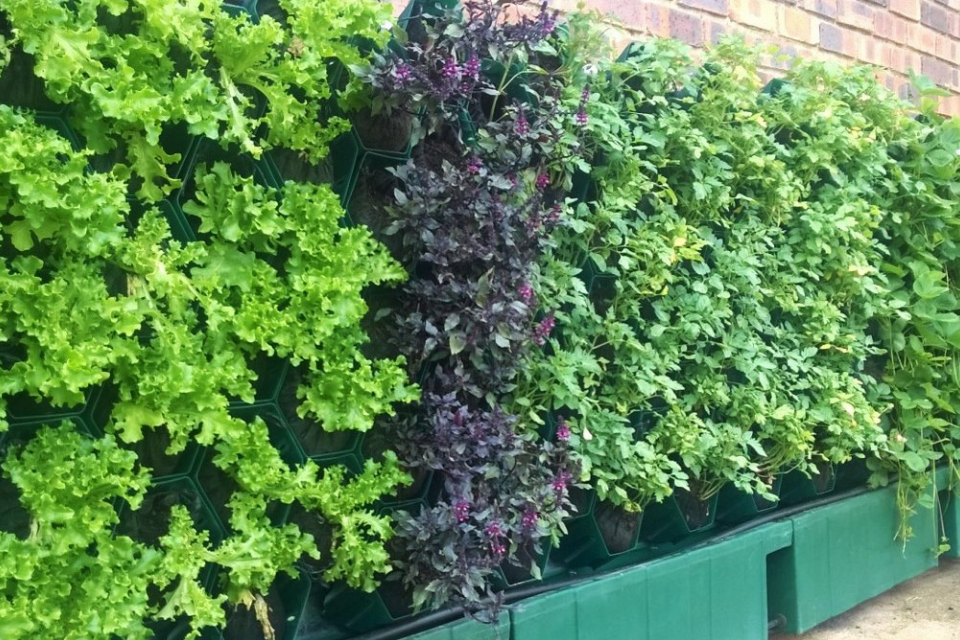Looking to get the best possible crop yield from your vertical urban farm? Here’s four simple ways you can maximise your results when farming vertically.
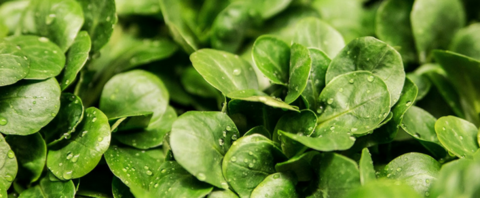
Farming takes a huge toll on the environment. Over the past 40 years, the Earth lost over a third of its arable land to damage caused by soil erosion (from over ploughing) and pollutants (like pesticides). This forced farmers to look for more sustainable solutions for food production, and the vertical urban farm provides just that.
With less space, less energy and less water, urban farmers can yield three times the crop you would gain from the same space you would’ve with a horizontal farm.
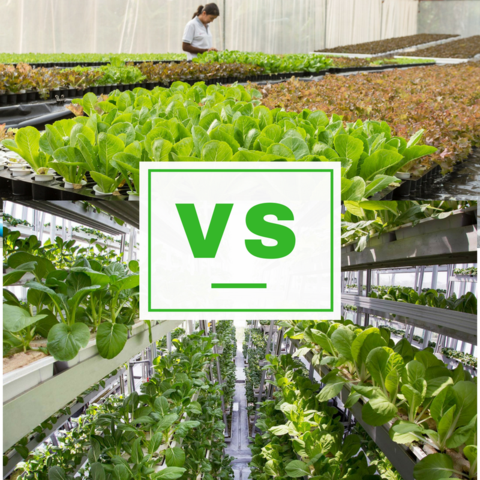
FOR THOSE NEW TO VERTICAL FARMING, A SIMPLE SOIL BASED SYSTEM IS A GREAT WAY TO START.
Although hydroponic green walls may offer higher crop yields (great for large, established corporations), they are tricky to set up and (due to their finicky nature) require constant monitoring to avoid disease. The beauty of a soil based system is that it doesn’t require any high-level understanding of hydroponics, you simply carry on planting exactly as you would have in a regular, ground based garden. The only difference is that you won’t need to spend tedious hours (requiring large teams) ploughing the land.
Soil based systems are easy to install, and require considerably less maintenance than their hydroponic siblings - lowering the overall cost of ownership of your green wall setup.
There are four main components to a successful soil-based vertical farm. If you get these four elements right, you’ll enjoy a healthy, lush crop from your indoor vertical farm.
Climate Control
If you’re farming indoors, you’ll need to be very aware of striking the right balance of temperature and humidity in the air. The benefit of indoor farming is that you’re not at the mercy of Mother Nature during certain seasons, however, getting this right requires some work. One thing growing indoors does do is lessen the risk of pests, infestation and disease. As farmers have known for millennia, growing outdoors works perfectly well, but just requires coverage or occasional protection against excessive heat, hail or frost.
Lighting
- -Fluorescent lights
- -High-pressure sodium (HPS) sometimes referred to as HID (High intensity discharge)
- -Light emitting diodes (LED)
Nutrients
Just like growing outdoors, in a traditional farm, adding compost and fertilizer to your soil will nourish your plants, helping them to grow healthy and strong. You can also add liquid fertilizer to your green wall’s irrigation system, so that your plants constantly have a fresh supply of nutrients.
The two best fertilizers to use are:
- -Time-release fertilizers. “Soil microbes activate organic fertilizers, which slowly release their nutrients to plants,” says Better Homes and Gardens.
- -Liquid fish or kelp. Nutrient rich and easy to apply, this is one of the cheapest and most efficient ways to nurture your plants. It’s available quite affordably from Amazon.
Companion Planting
Even though indoor vertical farms are less susceptible to pests, you’ll still have a small resident population of insect life. This is inevitable, unless you’re spraying regularly with pesticides.
Companion planting is a great organic pest control solution. Creating crop diversity in your urban farm will develop a healthy ecosystem, filled with the good bugs (like bees, wasps and ladybugs) who will feed off of the bad ones (like caterpillars and aphids).
Starting your own vertical urban farm (whether it’s for personal use or commercial) is not as hard as it seems. By sticking to a soil based system, you’ll keep your initial costs down, as well as eliminating the need for expertise in botanic science. Once you’ve decided on the right system to suit your space, the rest is easy!

